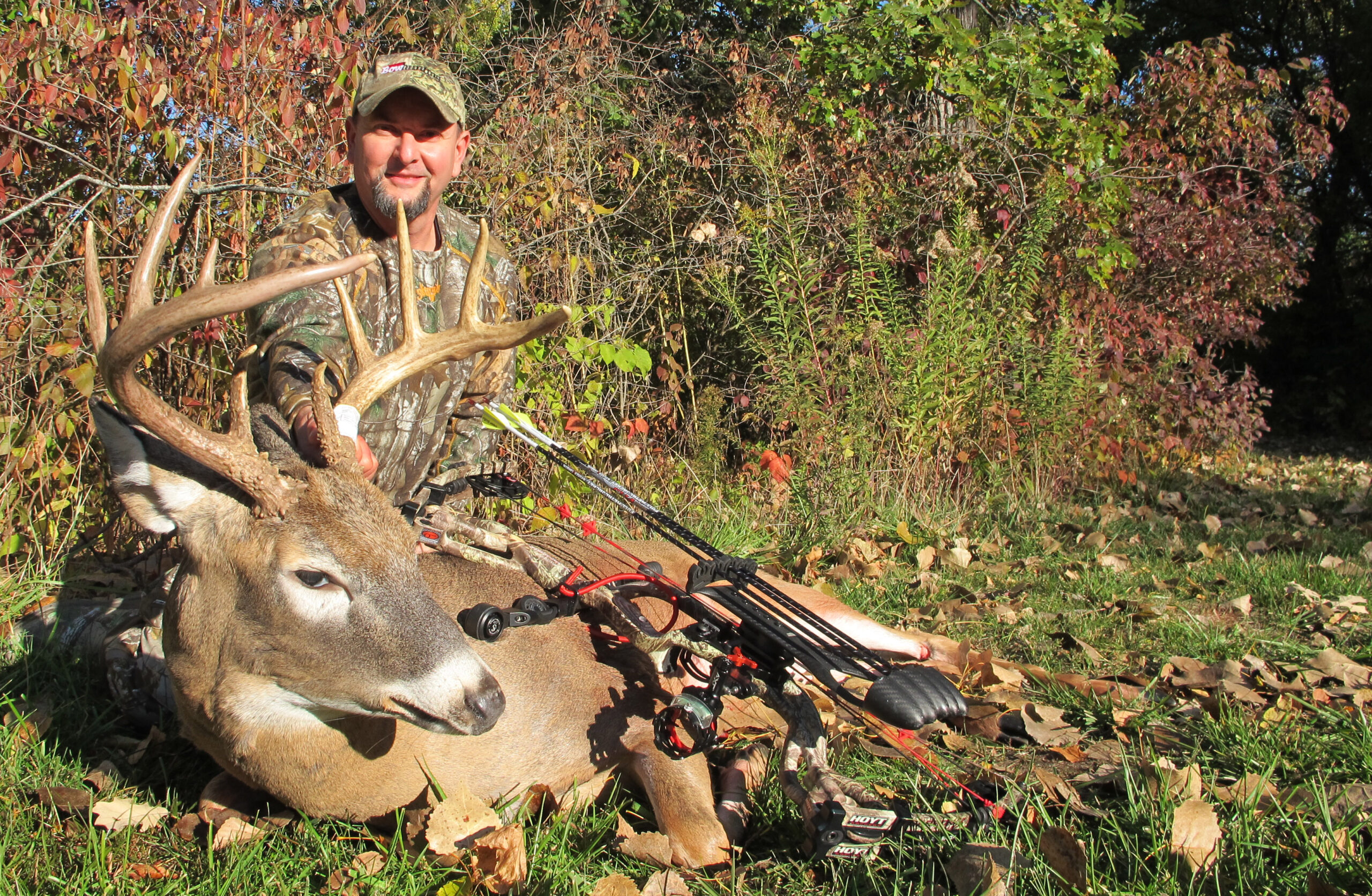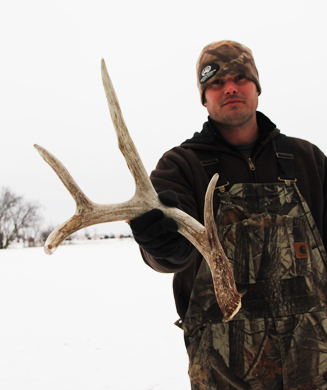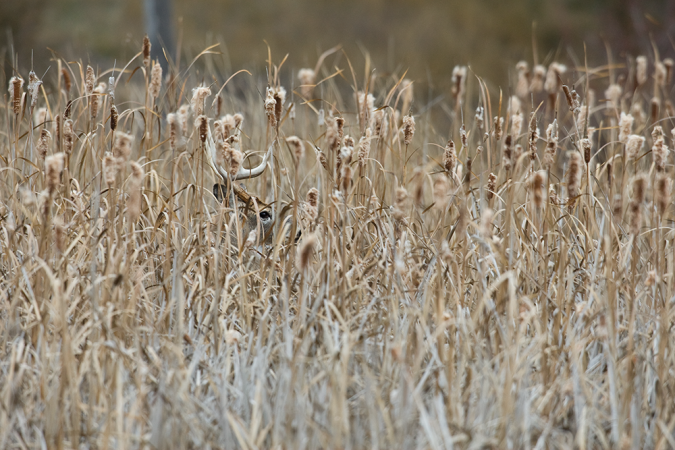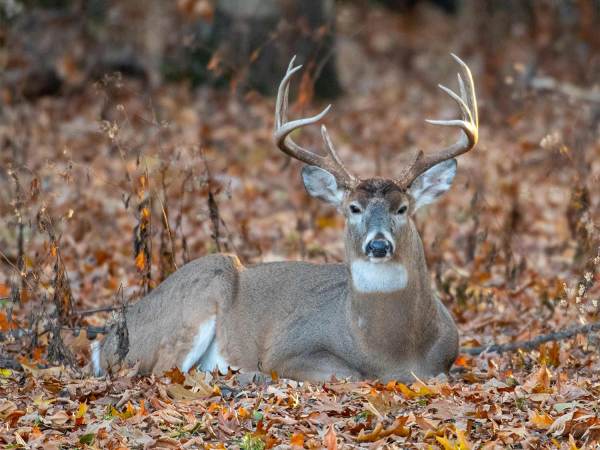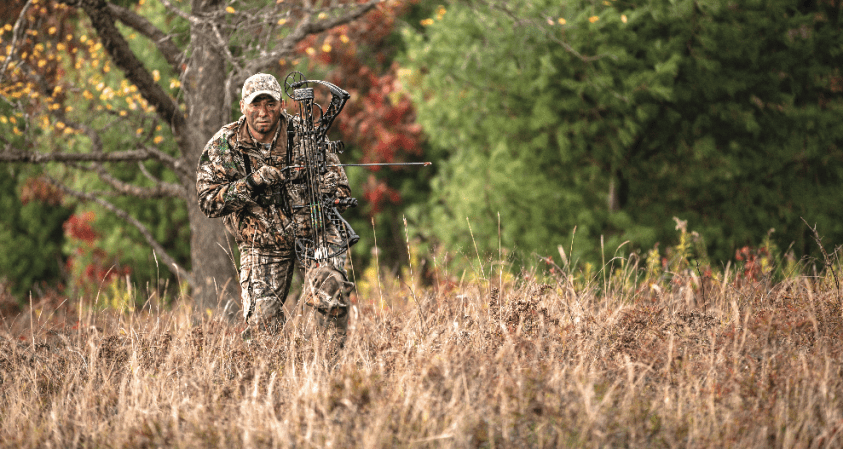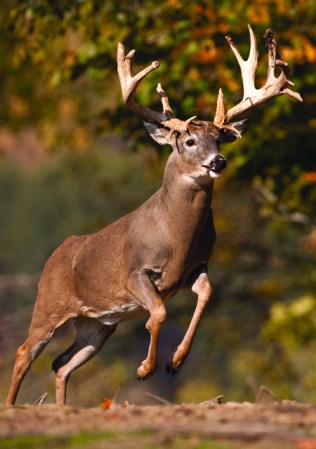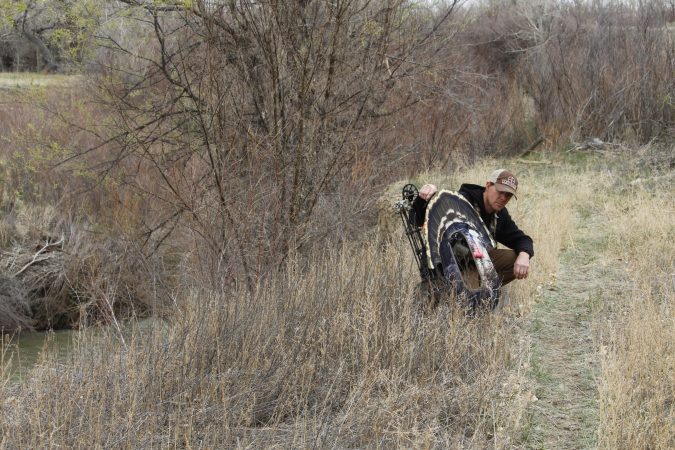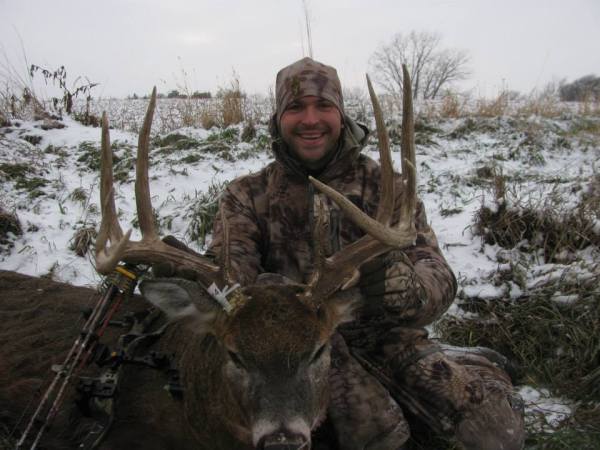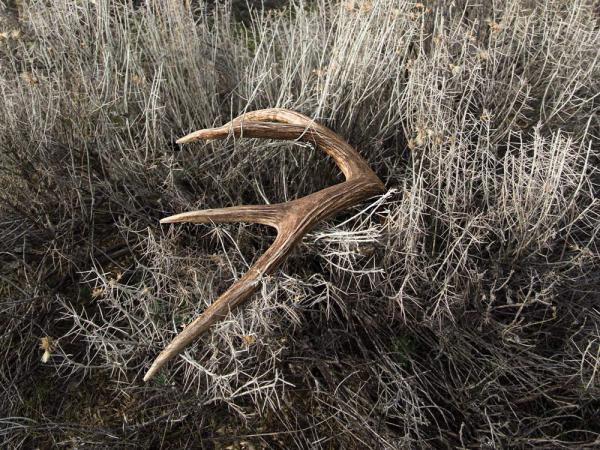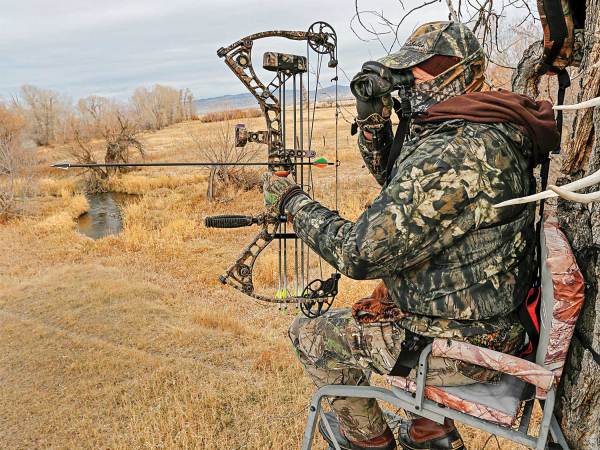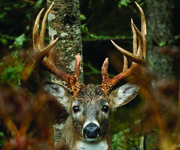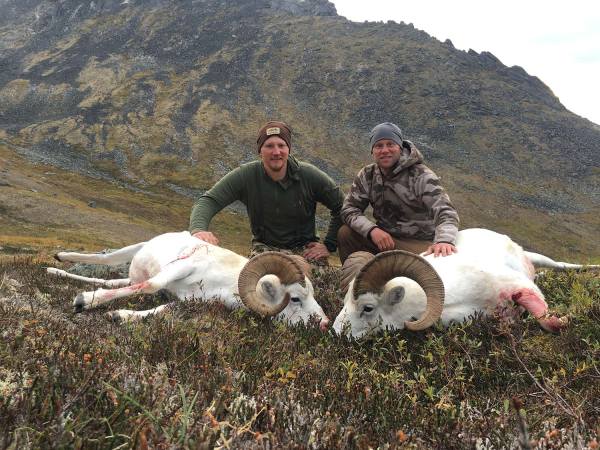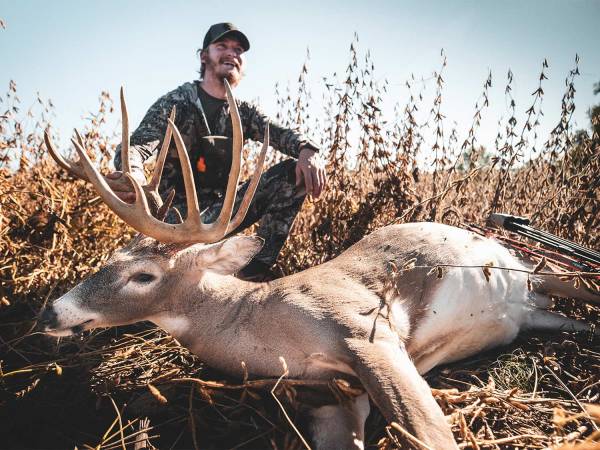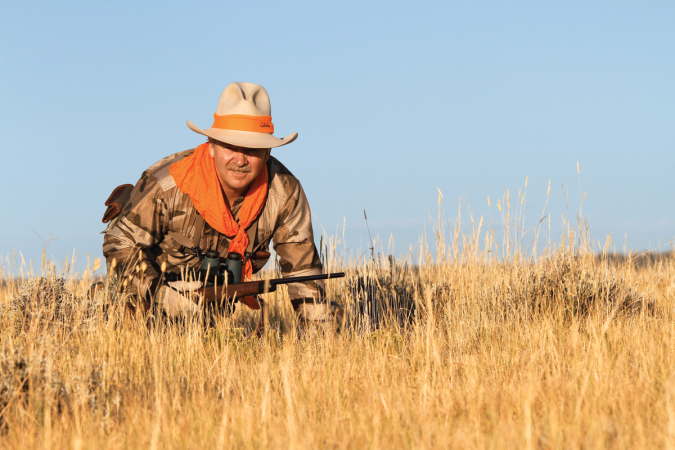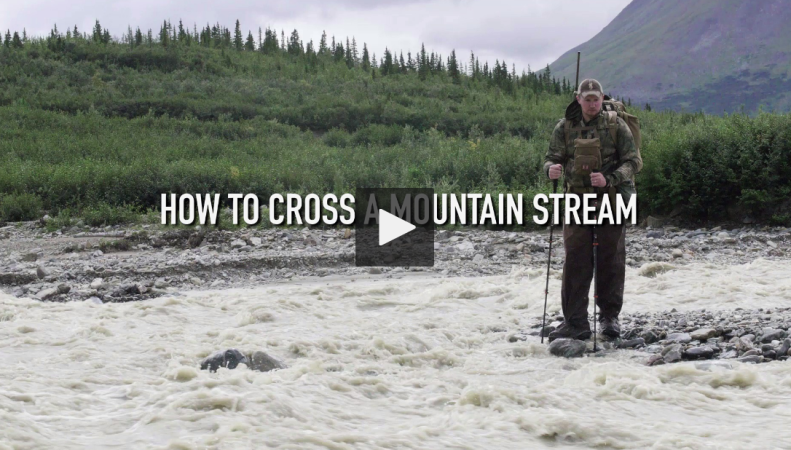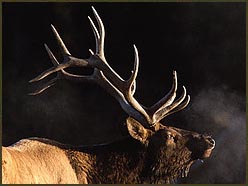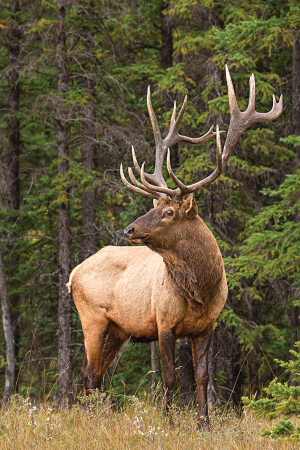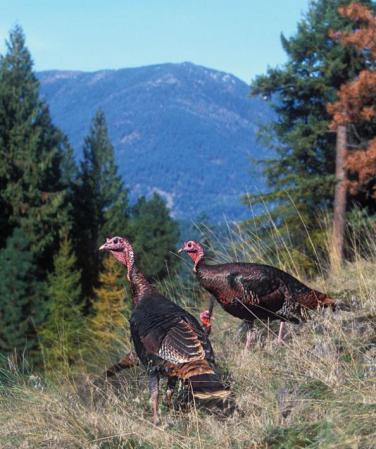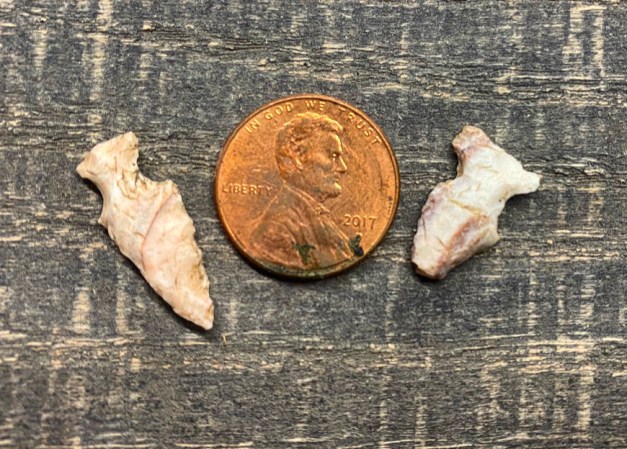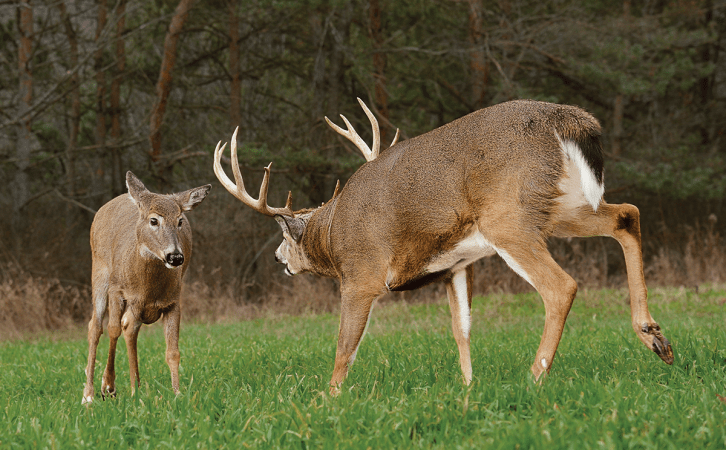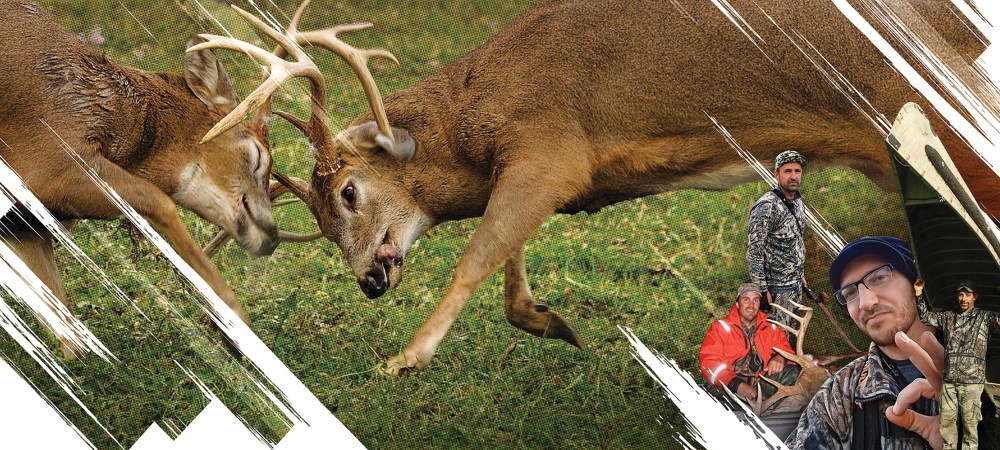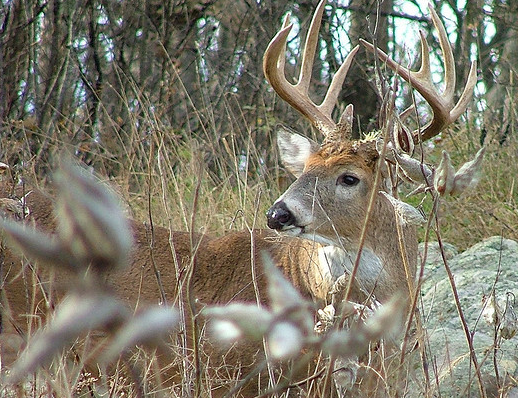What’s so difficult about bowhunting steep, hilly country full of ridges, ravines, benches, and draws? Plenty. If a top-end whitetail is your goal, you must first master the wind before you can fool the buck.
Overcoming the wind and its many, deer-alerting variations is Job Number One in hill country. A big part of that puzzle revolves around understanding how the terrain affects the movement of the wind, and its resulting effect on deer movement. The good news? Both are predictable.
1. Sheltered Means Trouble
When fishermen encounter dangerously rough waters on inland lakes, one time-honored response is to look for sheltered bays and the lee sides of wind-breaking islands. Bowhunters facing similar conditions need to do the exact opposite. Setting your stand in hill-country areas protected from direct wind blasts (pretty much any low spots, including deep ravines and dry creekbeds) invites unpredictable, swirling, game-alerting winds: Trouble with a capital “T.” Beware of plentiful, low-hanging sign ready and raring to skew your better judgment; just don’t do it. You will be sniffed out like a fresh bone by a bloodhound.
2. Two Good Answers
So what’s the answer to the puzzle? The best might be hunting near ridgetops (the top third is best) where wind currents are unbroken and consistent. Another (though more risky) option is hanging in wide draws where swirling winds are reduced. Wherever you are, be prepared to bail when you notice an obvious change in the wind. The reason? You may get only one killer opportunity at a mature buck—and rarely will that opportunity come at a site where you previously heard one snort its disapproval at your presence.
3. Don’t Forget Ditches
Steep-slope country breeds plenty of big bucks, but also lots of runoff and erosion, which typically creates some nasty (i.e. downright impenetrable) erosion ditches. Many of these not only look horrific to bowhunters, but to deer as well. And that signals a prime stand location. Because of all the nastiness, you’ll likely find traveling deer funneling around the top or bottom ditch edges. If you’ve been paying attention you know the unpredictable bottom edge is a definite stand site no-no. That means your go-to stand site sits very near the ditchtop edge, covering the best crossing trail you can find—especially if the ditch doesn’t reach all the way to the ridgetop. If these two locales are indeed separate, whenever possible, hedge your bets by setting up where you can shoot both the preferred ditchtop crossing, as well as the ridgetop. Both are solid funnel areas. Hunt your ditch stand only if the wind is blowing toward it from the ridgetop—your scent will blow harmlessly over the heads of approaching deer. Remember to be patient; if the ditch is nasty enough, you’ve found one of the best rut funnels in all of hill country.
4. Ridgetop Crossings
Many ridgetops will feature lots of the same type of terrain—just one example is a long stretch of relatively open woods. Other ridges may be similar, but may also include a narrow strip or two of thick cover that crosses over the ridge, connecting the two sides. These are the ridges that beg for a ridgetop ambush. These narrow strips of “crossover” cover—maybe an ancient overgrown, brushy fenceline—are near-ideal travel corridors, connecting traveling bucks interested in remaining concealed while scent-checking both sides of the ridge. As evidence of their popularity, you’ll almost assuredly find beaten deer trails on each side of the narrow strip cover. The key to a killer stand site here is a little less obvious. In a nutshell, it’s time once again to hedge your bets; start by following the ridge-crossing cover over to the prevailing, down-wind side of the ridge, until you meet the first prominent side-hill trail. Then pick a tree that allows you to cover all three trails: the two on either side of the ridge crossing, and the side-hill trail.
Are you ready for the ridge-country challenge? If finding one or more of these hill-country hot spots doesn’t get your heart pumping for the rut, it might be time to find yourself a new obsession.
